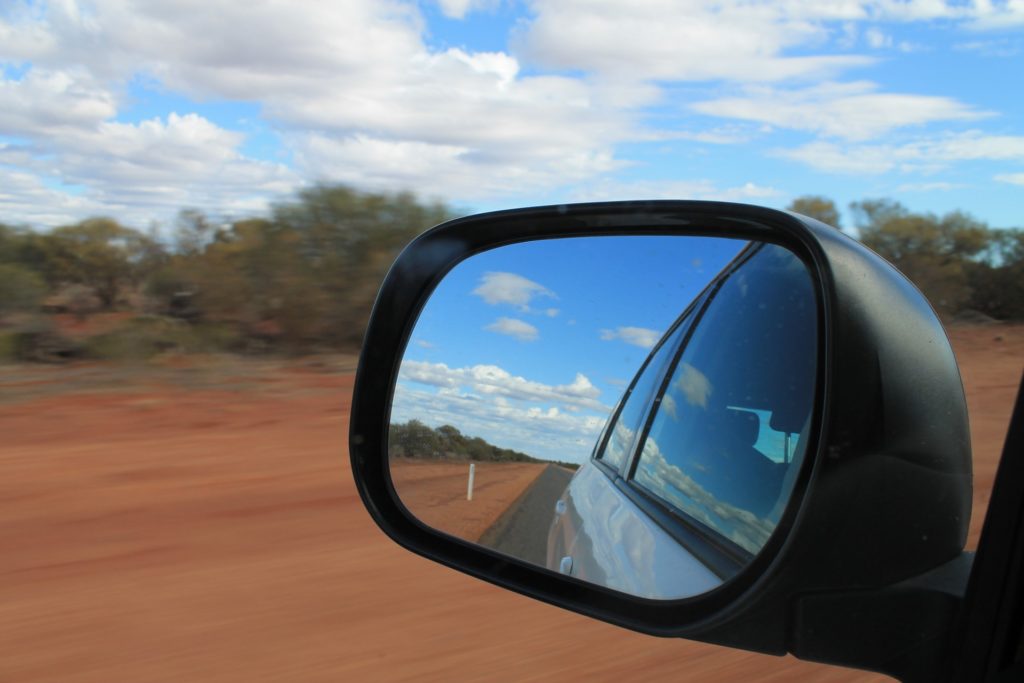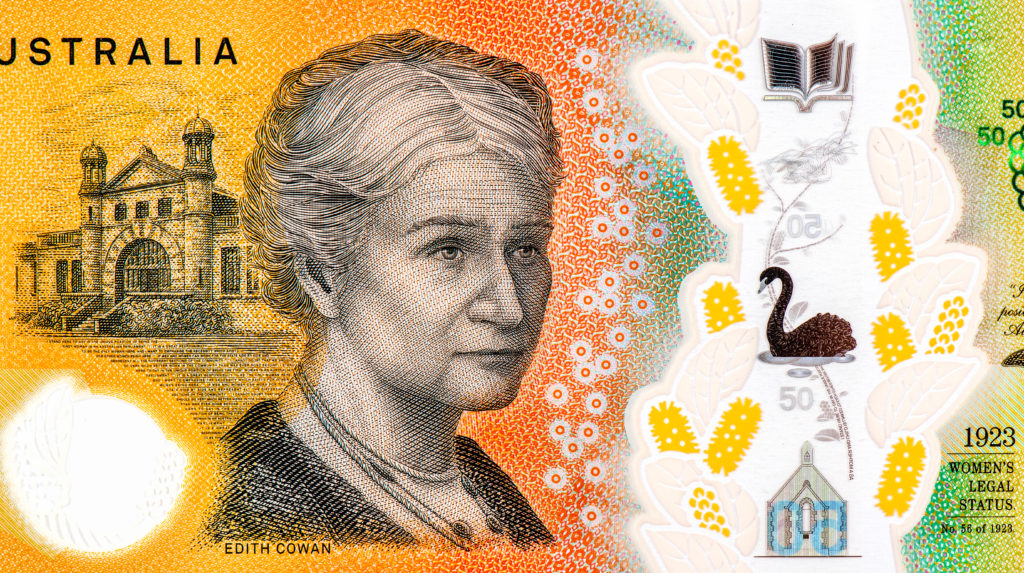Thinking of driving in Australia as an international student? Well, there are heaps of benefits to it! On weekends and study breaks, you can go on road trips with friends and explore all that Australia has to offer. Plus, having a car can make it easier to get to and from work and your classes.
However, before you start driving in Australia, there are some important things you need to know about using your foreign licence or applying for an Australian licence.
So, buckle up – here are the answers to some frequently asked questions about driving in Australia as an international student.
What is the legal driving age in Australia?
The legal driving age in Australia refers to the minimum age you must be to drive without supervision. This is the age at which you can apply for your provisional licence (often known as your P1).
In most states and territories, the legal driving age in Australia is 17 years old to apply for your provisional licence. However, you can get your provisional licence at 16 years and 6 months old in the Northern Territory and 18 years old in Victoria. Whilst driving on your provisional licence, you’ll need to display two P plates – one at the front of your vehicle and one at the back.
Once you have successfully obtained your provisional licence, it takes another two to three years until you can get your full licence.
Am I allowed to drive in Australia as an international student? Will a foreign licence work in Australia?
As an international student, you are permitted to drive in Australia if your overseas licence is valid. Of course, you are also allowed to drive in Australia if you have been issued a full, valid Australian driver’s licence.
Each of the states and territories has different rules and regulations for driving with a foreign licence. For example, many states and territories require you to apply for an Australian driver’s licence after a certain amount of time living there.
Additionally, if you plan to drive with a foreign licence that is not written in English for any amount of time, you must have an official English translation of your licence. These can be obtained from an Embassy, Consulate, National Accreditation Authority for Translators and Interpreters (NAATI) or an Australian Institute of Interpreters and Translators (AUSIT).
You may also need an International Driving Permit (IDP) to drive in Australia with an overseas licence.
Below is a state-by-state breakdown of how long you’re allowed to drive in Australia on a foreign licence:
- ACT: 3 months (90 days)
- NSW: 6 months
- Northern Territory: 3 months
- Queensland: 3 months (from 1 August 2022)
- South Australia: 3 months (90 days)
- Tasmania: 3 months
- Victoria: 6 months
- Western Australia: 3 months
What are the types of licences in Australia?
In Australia, there are different types of licences in Australia for different vehicles. The most common licence is the C class licence, which you will need if you are hoping to drive a regular car. There are also a variety of licences required for drivers of buses and trucks, and riders of mopeds and motorcycles.
You can learn more about the various types of driver’s licences in Australia here.
What are some of the most important Australian road rules I need to know?
For international students, driving rules are exactly as the same as those for Australian residents and citizens. Here are a few of the most important to remember:
- Australian drivers drive on the left side of the road – no exceptions. Cars have their steering wheel on the right side and gear sticks are to the left of the driver.
- Seat belts must be worn whilst in a vehicle; this rule applies to drivers and passengers alike.
- Speed limits must never be exceeded.
- The blood alcohol limit is 0.05% throughout Australia. In some states, there is a zero limit for learners and provisional driver’s licence holders.
- It is not permitted to use a hand-held mobile phone when driving. This includes texting.
- Generally, drivers of vehicles should give way to pedestrians. The specifics will vary from place to place, but for the most part, you’ll need to give way at pedestrian crossings (Aussies like to call them ‘zebra’ crossings), children’s crossings, intersections, pedestrian lights, tram stops, footpaths and driveways, slip lanes, shared zones and when making a U-turn.
- When entering roundabouts, choose the correct lane and give right of way to the vehicles already in the roundabout. Learn more about navigating roundabouts when driving in Australia here.
- Car insurance is compulsory for all drivers in Australia.
- There are many weird and wonderful road signs posted across this weird and wonderful land. Take a picture have a laugh, but always heed their warnings when driving in Australia.

How do I get a licence in Australia?
If you’re wondering how to get a licence in Australia, your first stop should be our guide on getting a licence in Australia. Keep in mind that there are different requirements in each state and territory. The process also depends on whether you already have a valid foreign licence.
If you already hold a valid foreign licence from an eligible country, it might be as simple as completing a licence transfer. Some states will require you to complete a knowledge test, a practical driving test and/or a medical exam as part of the licence transfer process. You can read more about each state and territory’s licence transfer process through the following links.
ACT | NSW | NT | QLD | SA | TAS | VIC | WA
If this is your first time applying for a driver’s licence, you will have to obtain your learner’s permit. This involves completing the required number of supervised driving hours set by your local department of transport. After you have passed your practical driving test, you will move on to your provisional licence (which allows you to drive independently). For more information about learning to drive in each state and territory, click the links below.





